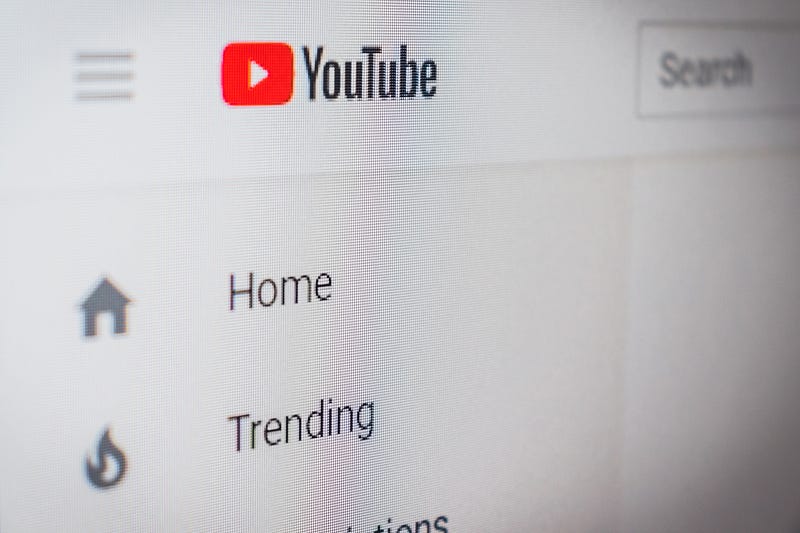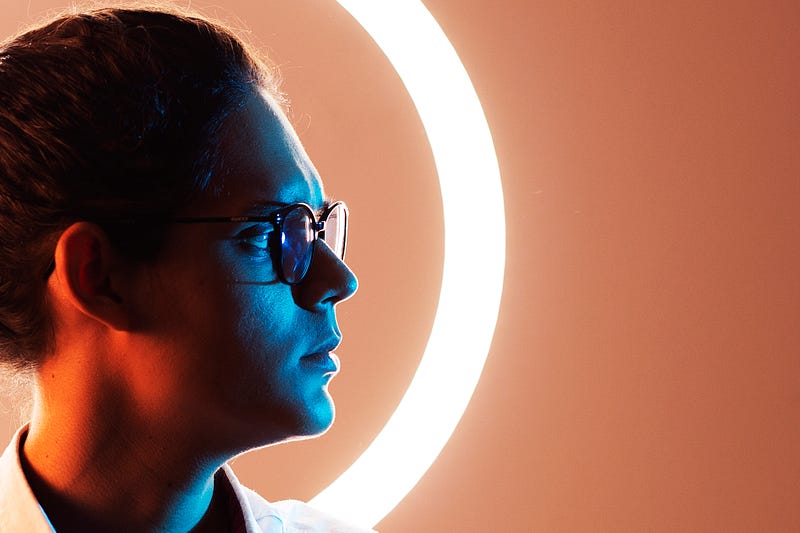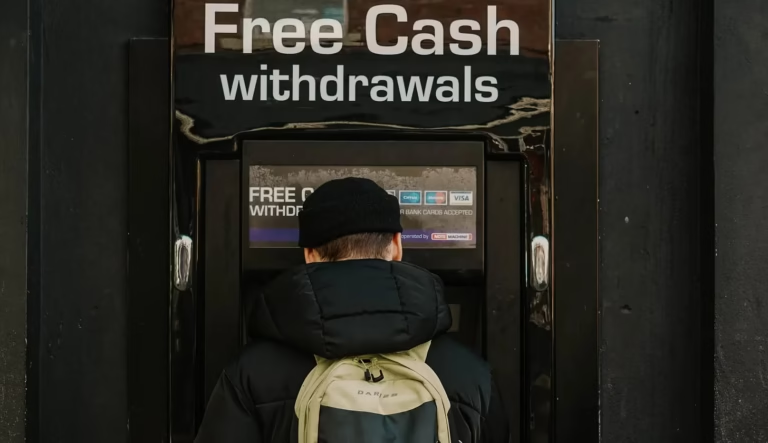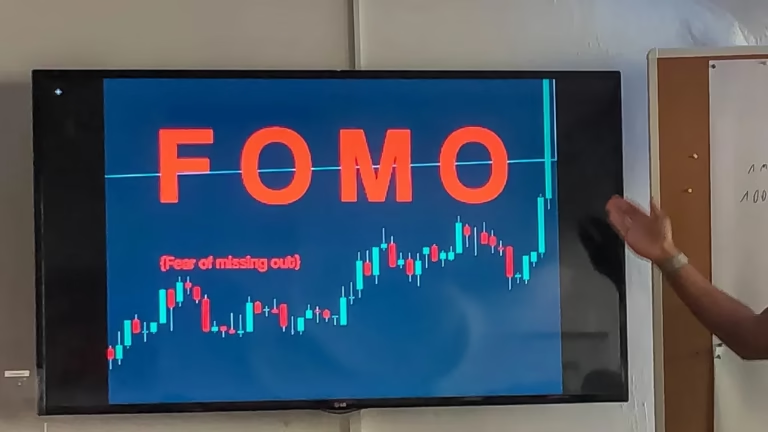Consumers no longer buy the glitzy promises
A few years ago I got frustrated with cable TV. The initial trigger was the fact that it took me about 1 hour to watch a show or program that really only had 35 minutes of content.
Then I looked at the cost and learned that the supposed benefit of bundling wasn’t real. I had my mobile provider at an amazingly low rate with unlimited data, so I didn’t need the cable company for phone service.
I wasn’t interested in the advertising and marketing connected to each program I watched and that drove me more and more to Amazon Prime, Netflix and Hulu.
In my area, there is only 1 provider of high-speed internet using coax-cable. As soon as I can get Starlink that would free me from that monopoly as well.
A quick side note to complain about our recurring and media supported claim that we are the most advanced country in the world. I have lived in many places in the last 30 years due to my military services and frequent moves even after retiring. In literally each location there was 1 dominant cable provider, and if I was lucky, a mediocre point to point wireless internet provider. That’s it- and yes, the totally overpriced old satellite internet that exists for rural areas. We never really lived in a rural area, but it could have been an option. Part of the reason why prices for cable are so high is that providers have regional monopolies and can pretty much ask what they want.
That will change with Starlink but it has also changed for me in other ways.
When I removed all services except internet from my cable contract and switched to Netflix and Hulu I realized that that still requires me to go by the choices these providers offer. I recall that I love Mrs. Maisel and Mozart in the Jungle. Amazon decides when they make shows and when I can watch some. They also decide if they are free or I have to pay extra.

I began looking things up on YouTube rather than Google because I am a visual learner and can comprehend much quicker if I can see how something works or belongs together. In addition, it’s easy to start and stop, step by step.
Within a few months, I realized that there is amazing content created, not just for things I looked up, but pretty much across all topics. And it’s free.
Now I don’t pay for any TV program provider anymore, no cable, no Hulu, no Netflix. And guess what I am missing nothing. I get everything I want and the modern content providers are more targeted, prolific, and there are always many for any topic I might be interested in.
That leads me to the Credibility Gap.
One thing I have noticed and applied to my own business is the need for credibility and proof.
I mentioned how frustrated I was with the enormous amount of cheesy advertising on TV. What was worse is the fact that the claims were never really supported by any proof? You had to buy the product or service to see if it does what it promised.
On YouTube you can see the people reporting about anything actually using it, reviewing it, describing its good and bad attributes. And those are not fancy marketing experts or advertising gurus. Those are people who had a need for something, purchased and solution and let their audience see how they use it and if it works.
To me that is a great way to build their credibility and the credibility of products they use and recommend.
While at a much lower percentage, YouTube also has advertisements that pop up while watching a video. I find it annoying but they are relatively short compared to regular TV and only 2 every so often, not really significantly impacting the overall viewing time.
What I have noticed though is that the advertisers use shorter versions of what they put on TV or other channels for marketing and advertising.
I believe they try to squeeze their ads so that anything that could be remotely interesting is shown in the first 5 seconds. That’s because in most cases the viewer can skip the add after that time.
What does that tell you about the whole idea of interrupting the program of a content creator to show an ad for a product that almost never had anything to do with the content I am watching.
The other day I watched a video about the progress of SpaceX Starship development in Boca Chica, Texas. Suddenly an ad for dog training pops up. I was a little surprised until my wife told me that she had researched some dog training ideas for a friend who has an issue with a behavior of her dog. Now YouTube thought that we need help with dog training. It’s not perfect, but I can stand 5 seconds of insanity for the free enjoyment of what I chose to watch.
Where does this frustration and I believe declining impact of traditional advertising lead?

I think that modern companies have two options:
- They can develop their own channel on YouTube and Vimeo and actually produce helpful content that users will watch and then decide to get the product shown and used, hopefully with a discount for watching the video.
- They can learn which content creators are working with products in their space and then pay the creators to give reviews and experiences using their products. Sometimes this has started to happen, but only by very modern, relatively new companies. Surfshark and Brilliant are using YouTube creators with large audiences and get the owners of the channel to use and speak about the product. That gives massive credibility, as you can see the product, how it works, and how the creators use and like it. The creators decide if the product or service fits in their program and their audience. They basically curate what they allow on their channel, even if they are paid for it.
I researched several creators and they all say that they refuse many more products and services than they are offered.
To me this is the future of credible marketing and advertising. The glitzy stuff you see on TV has less and less impact. It’s basically companies spending a lot of money in hopes of finding a dummy who is still triggered by that approach.
You might wonder if I am just describing what I found or if there is any proof that the current approach is toast. Here is some research from Freakonomics. They spoke to Anna Tuchman, a marketing and research professor from Northwestern University. Here is the link to a podcast to listen to and a summary of the findings:
$250 billion a year is spent in the U.S. on advertising. Globally, the figure is nearly $600 billion. That’s more than half a trillion dollars. On advertising. Because of the digital revolution, television advertising has lost some of its primacy. But TV still accounts for roughly a third of ad spending in the U.S.; the Super Bowl alone brings in more than $300 million. And how effective is all that TV advertising? How good is it at actually selling the products it’s telling you to buy? The conventional wisdom says it’s got to be effective; why else would companies spend so much money on it? But the data tell a different story. In a study that used the vast audience of people buying from EBay, it was shown that turning off ads to about half of a population in exactly the same pages and same products resulted in zero difference in sales. When the leaders at EBay read the results of the experiment they cut $100 million out of their advertising budget.
As consumers, we want credibility and limited disruption. You have to find what works for you and how you can find enough evidence about a product to buy it.
I will keep using YouTube when I need something. As soon as I found a product I like I start searching the reviews from other buyers (just as a backup) and have been happy with that approach. I wish the bigger players in the merchandize and services markets would adopt more modern approaches and stop wasting money on TV, bill boards, and Google/Facebook ads.





